For some it's a pleasure, for others it's a necessary evil - we're talking about good old sore muscles. No other condition in sports causes such a love-hate relationship as it does. On probably no other topic do opinions differ as widely as here. Various myths surround its origins and there are plenty of home remedies. And the question of whether training is harmful despite sore muscles is often discussed.
As an enthusiastic athlete, you have probably asked yourself at some point: Is training with sore muscles even useful? Or should the muscle groups be given time to regenerate?
When is there a risk of overtraining? Hangovers are hard to avoid during intense workouts. What is the best way to deal with muscle pain? Take a break from training or continue training anyway ? We will get to the bottom of these and other exciting questions in the following article.
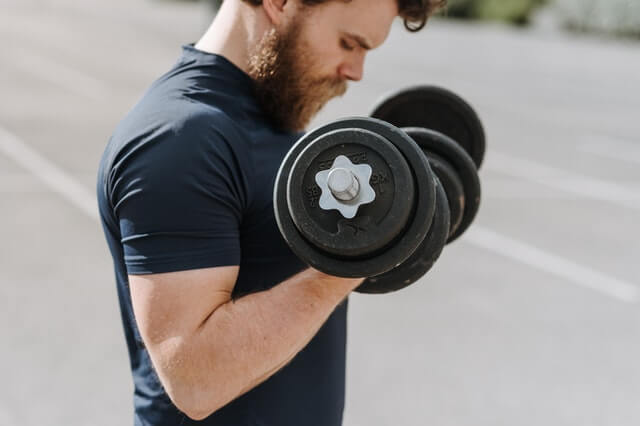
How does sore muscles actually arise & is training still possible?
Pulling pain in the muscles is referred to as sore muscles. These symptoms occur either after very intensive training sessions or during unusual movement sequences.
Muscle pulling occurs primarily when movements slow down. Significantly fewer muscle groups are required for this, which means that there is significantly more strain on the few muscle groups.
In endurance sports such as tennis or football, it is the braking movements that often lead to muscle pain . In strength training, for example B. slowly returning the dumbbell to the starting position. There are various theories about exactly how muscle pulling occurs.
Research does not completely agree on this. While it was previously assumed that the painful symptoms were due to hyperacidity of the muscle tissue, this has now been refuted.
The common assumption is that the phenomenon is microscopic tears in the muscle cells. Water enters this and presses on the connective tissue of the muscle fibers (fascia). This causes a pulling pain in the affected muscle area.
Why does the hangover only occur a day or two after exercise?
During an intense exercise session we cause muscle tears. The question is, why don't we feel these injuries right during training or at least immediately after? The consequences of overtraining usually only appear one or two days later. Why is that?
After the workout, the body first balances its water and electrolyte balance. It sends nutrients into the stressed muscle cells. Water serves as a means of transport for these substances.
This penetrates the muscle cells and swells them up. The increased pressure on the muscle fibers and their receptors causes the all-too-familiar pain. This is a sign that the body has begun the healing and regeneration process . This process is complete as soon as you no longer feel pain.
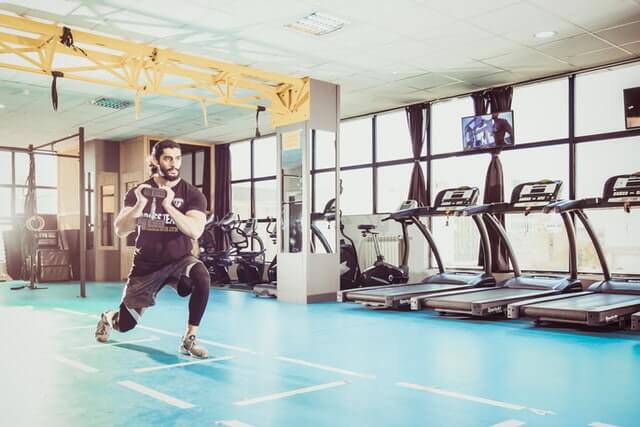
Do anti-inflammatory medications help?
Painful muscles occur when people are exposed to more stress than they are used to. The training stimulus causes micro-tears in the muscle tissue , which become inflamed. The burning feeling in the muscle is what we call muscle soreness .
Studies show that the pain can be treated and sometimes shortened with the help of anti-inflammatory drugs such as ibuprofen.
According to the study by Mackey et al. Ibuprofen has a beneficial effect on the satellite cells in the human organism. An increased occurrence of these cells accelerates the regeneration of muscle cells. We still strongly advise against taking painkillers.
Several studies show a connection between taking ibuprofen and cardiovascular diseases as well as damaged intestinal flora and general health.
When does sore muscles become harmful?
The question many athletes ask themselves is: How much is too much of a good thing? Continuing to train with slight muscle pulling is no problem. The pain usually goes away after a few days.
Depending on how much the muscle cells are stressed during training and how badly they were injured, the time they need for natural regeneration increases. If the body does not get the time it needs, scarring can occur in the muscle tissue.
Researchers also found that severe muscle pain impairs the insulin sensitivity of muscle cells. This is due to an enzyme leak caused by the muscle trauma. So it's better to think twice before doing push-ups to build muscle despite sore muscles .
But there is also good news. You don't have to give up exercise entirely if you're pulling muscles. Only give the over-stressed muscle groups a break. You can continue to train the other muscle groups. Even light cardio training is fine as long as you don't overexert yourself.
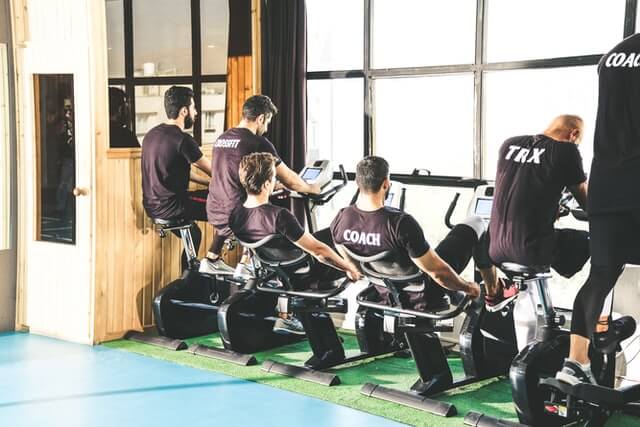
Can muscle pulling be prevented?
There are many home remedies and myths about avoiding and shortening sore muscles . Unfortunately, most of them are just that: myths.
The best way is to give the body what it needs: time and rest for regeneration. However, there are still a few little tricks and tips that you can use to at least promote the healing of muscle damage. We will reveal these to you below.
Deal with pain with the perfect training plan
The most effective way to prevent muscle pain is to optimize your training plan. In order to train efficiently towards your dream body, it is advisable to train according to muscle groups, i.e. do so-called split training .
This will prevent certain muscle groups from being overused and causing severe muscle pain. This would force you to take a possibly longer break from training. We definitely want to avoid that.
Fast muscle building does not depend on how much the muscles hurt. The important thing is that you can continue training after each workout. You should feel no or only a moderate hangover in your muscles.
Sometimes less is more here! You can achieve the best form of training if you push yourself to your limits in endurance sports and strength training , but still don't overdo it. Take your body's warning signs seriously.
Severe pain indicates that certain muscle groups have been put under too much strain. Give yourself the regeneration time he needs. As a rule, if the muscle pull is really bad, this is about a week to 10 days.
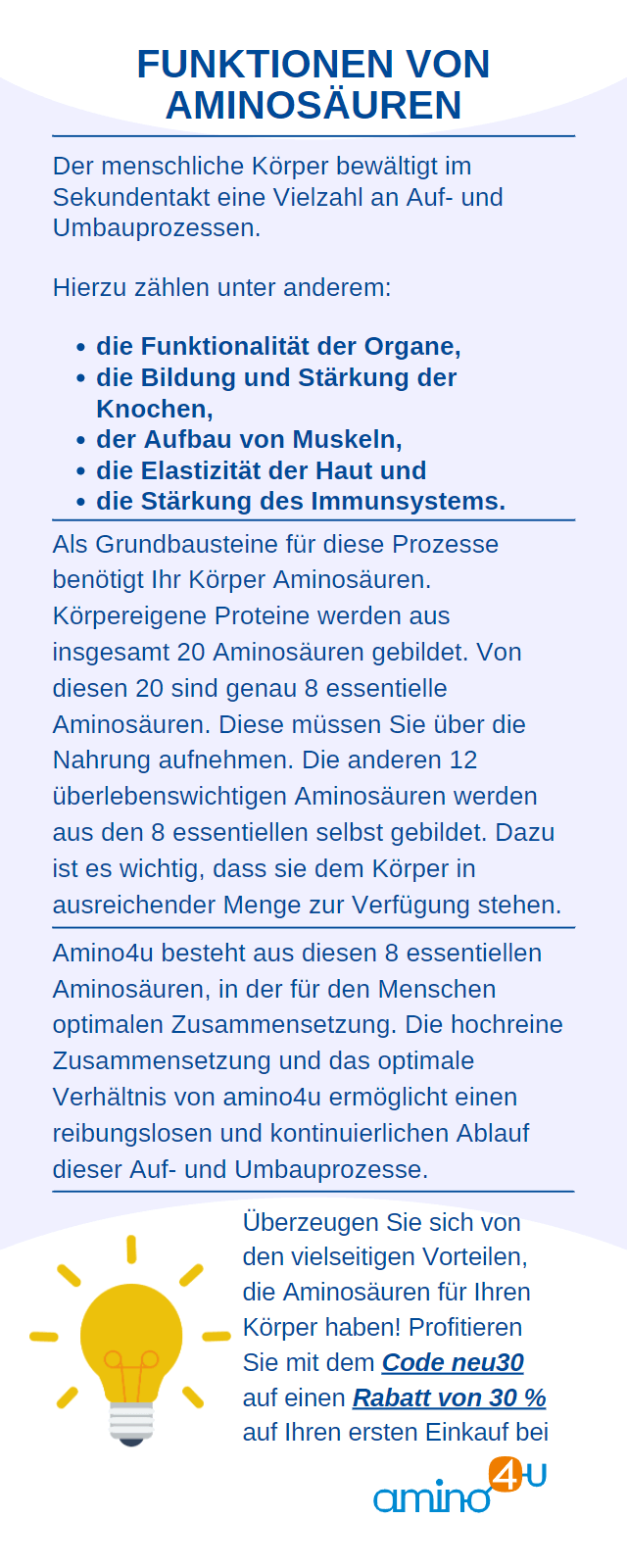
Does a high-protein diet help with sore muscles?
Anyone who wants to lose weight through strength training knows that a protein-rich diet can accelerate muscle building and promote fat loss. Athletes like to help with muscle building products .
The question is, does protein-rich food perhaps also help against annoying hangovers? Muscles that have been heavily strained during sport have a greatly increased need for amino acids - the building blocks of proteins.
Until now, it was assumed that there was only a small time frame after a workout in which an athlete should replenish protein stores. However, a study by the Society of Sports Nutrition argues that the overall protein intake throughout the day is crucial and not just the meal immediately after exercise.
Small muscle tears occur during strength training . The body needs amino acids to regenerate and repair muscle damage.
There are a total of 21 different types. Eight of these are essential amino acids . This means that the human organism cannot produce them itself and they have to be supplied through food.
After intensive sports sessions, an amino acid supplement , especially with BCAAs, can be useful. BCAAs are branched-chain amino acids : leucine, isoleucine and valine .
According to study results, these protein building blocks can stimulate metabolism, support fat burning and promote regeneration and muscle building. This means that performance can be specifically increased with BCAAs .
It has not yet been proven whether they can also reduce muscle soreness . However, a muscle that is optimally supplied with amino acids can most likely regenerate more quickly.
Water, nutrients and vital substances against muscle pain
An intensive training program quickly teaches the body's nutrient and vital substance stores. That's why it's important to quickly replenish this deficit after exercise. A healthy, varied diet consisting of fresh foods is best suited here.
In individual cases , supplementation with nutritional products may also make sense. So that the body can quickly transport nutrients and vital substances to the areas injured during the workout, it needs enough fluids.
Water acts as a solvent and transport medium in the organism. If you don't drink enough after exercise, your muscle cells will take longer to regenerate.
You can prevent this by drinking enough fluids throughout the day. Best in the form of still water, unsweetened teas or sugar-free, isotonic sports drinks.
Hot baths and sauna visits relieve the pain
Heat can help relieve muscle soreness symptoms and relax sore muscle groups. Hot showers and baths as well as visits to the sauna promote blood circulation and can therefore contribute to faster regeneration of damaged muscle cells . You can further stimulate healing and blood circulation with additives such as mountain pine.
Is muscle soreness an indicator of effective muscle endurance training?
The muscle adapts to the increasing training intensity. This means that the frequency of muscle pain decreases with increasing fitness. Advanced athletes who train regularly - even intensively - no longer suffer from muscle pain as often as people who are just starting out.
Muscle growth does not equate to the level of pain after a workout. On the contrary: If you overstress the muscle too much during training, you may have to take a longer break and therefore not be able to continue your training to the extent you intended.
Sore muscles are not a sign of successful training!
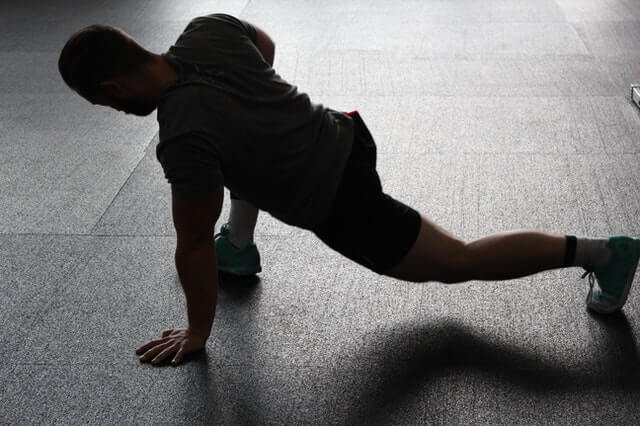
Does stretching help with sore muscles?
Stretching your muscles and ligaments after strength and endurance training is always a good idea. This allows you to increase your mobility and keep the muscle fibers supple.
However, the pain cannot be avoided or even “ stretched away ”. This is the result of an Australian study . The test subjects stretched for between 40 seconds and 10 minutes each. The pain-relieving effect was negligible at less than one percent.
Whether the test subjects performed the stretching exercises before or after the workout had no significant effect on the subsequent muscle pulling. On the contrary: too intensive stretching before exercise can cause small strains in the tissue and impair the success of the training.
You should therefore do light endurance exercises on the treadmill or rowing machine as a warm-up session. This gently stimulates blood circulation and prevents muscle pain and injuries much more effectively than a stretching program.
Training despite sore muscles: conclusion
Sore muscles are a good sign. The muscles have been stimulated, a higher level of stress has taken place and they can now grow. The body effectively repairs the microscopic fine cracks and comes back stronger and more resilient after an appropriate regeneration period.
But also give him the time he needs to adapt to the new performance level. Moderate muscle pulling for one to two days after your workout is okay. If you suffer severe muscle pain for a week or even longer, it's too much of a good thing and your organism needs a break from training .
The good news is: athletes suffering from pain do not have to give up sport entirely. Training despite muscle soreness is possible, only the overstressed muscle groups should take a break. There is nothing wrong with training the other muscles or light endurance training.




